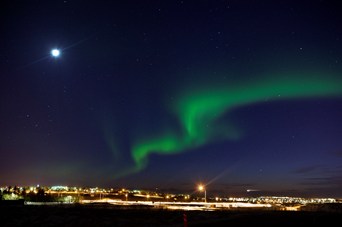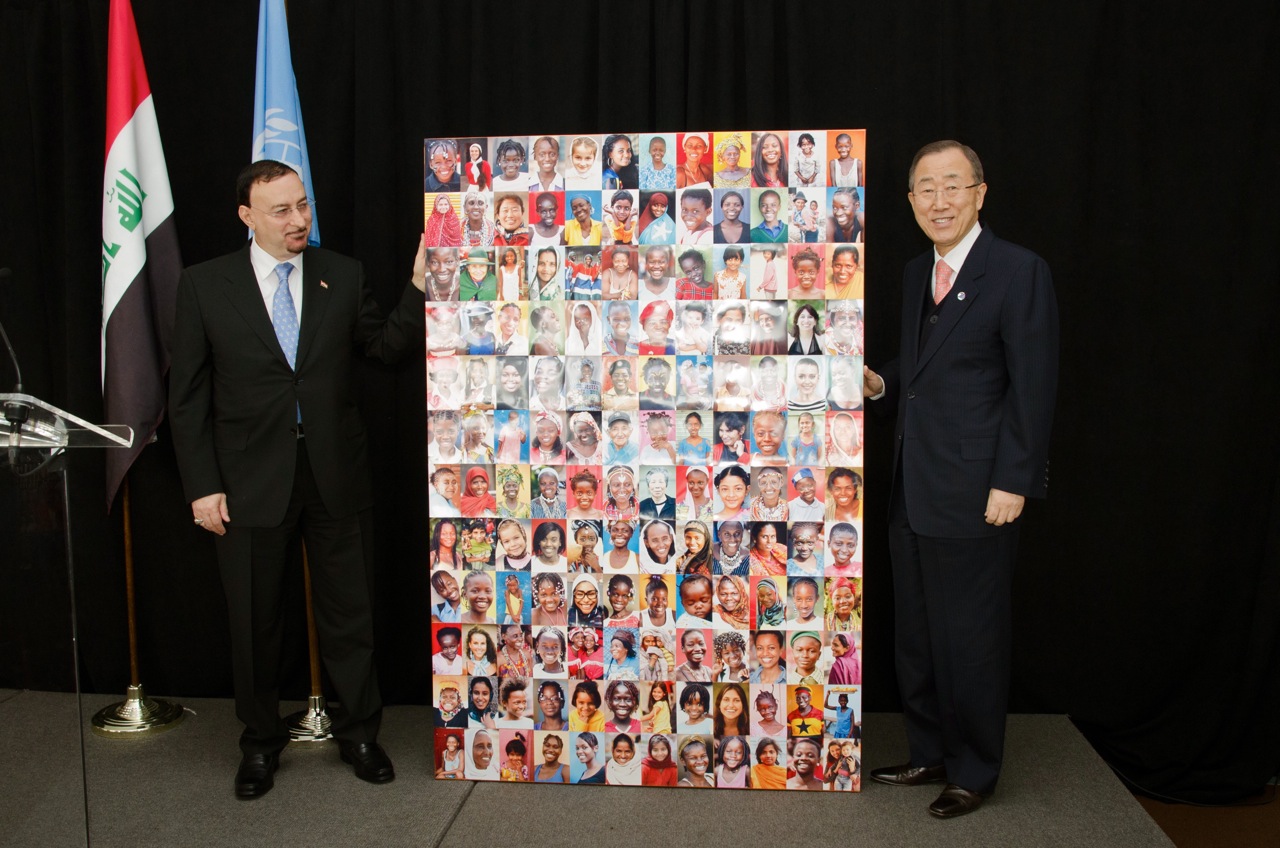So I went
into these pretty swank offices on a recent trip and my bowels were knocking
down the doors. After hurrying and running to a stall, I quickly realized I
didn’t know what to do. Before me was a toilet at an ever-so-slight downward
angle, with something like a control
panel attached to the right side of the toilet (when sitting down). My bowels
didn’t care about buttons and I didn’t have time to waste so I quickly used a
seat cover and sat down.
The first
surprise was that I didn’t need a seat cover. In the winter, I normally cover
toilet seats with toilet paper or use seat covers because the seat is cold and,
just like losing your appetite, the cold seat makes me lose the ability to go.
It’s like instant constipation.
But this
seat was pleasantly warm, like using the toilet above a pleasant fire—the
perfect advert. No more worrying about leaving the fireplace to go use the
freezing toilet. We’ve taken the fireplace and put it underneath your commode. J
The second
thing I noticed was that by pressing buttons, I could adjust the temperature of
my seat. Surprise, surprise. But no need to do that. I was warm enough to read
the novel “War and Peace” from cover to cover in one sitting, one literal
sitting.
And just
as I was about to get up, I noticed the other controls. One control button had
a picture of a person that said “Rear cleansing High Pressure.” At first I was
confused and thought I was in a woman’s washroom Then, I realized I was in a
men’s washroom but some how this thing, this machine was offering to assist me
in cleaning myself. Now, if you haven’t traveled widely enough, there are
places and regions of the world where, instead of toilet paper you use a hose
next to the toilet or when you go to the pit latrine, you carry a kettle of water
and use that to clean yourself. It’s not my preference because of the issue of
drying and the many animals that like to help you dry yourself. But it happens.
Some of you have probably only ever used toilet tissue to clean yourself. Well,
this machine, this toilet thing was offering to use water to do it. In Egypt
many of the toilets have this, but . . . I have never been to Egypt.
For some
reason, I didn’t see the other button with a picture of a person and a fountain
splashing his bum with the words “Soft pressure” and so I pressed the “High
Pressure” picture and was so unbelievably uncomfortable I screamed out “Aaaah!”
And before other men in the restroom could throw strange looks to my stall I
said “My wallet, I FOUND IT!!” all why being pummeled with water from somewhere
inside my toilet. Thank goodness it was warm. I couldn’t tell if it had cleaned
away bits and pieces, but I needed to stop it because I was quickly losing
consciousness.
I hit
stop. I decided not to try the button that had a picture of a woman above a
fountain and said “Front Cleansing.” There was one more picture-button. It
looked like a wave, and it was blue. I wasn’t sure but I thought I could see a
little sign next to it saying “Stop killing our planet and save trees.” So out
of guilt, I pressed it and immediately began to laugh from the air that was
attempting to dry my bum. “Hee hee, hoo hoo harr.”
I realized
that, through my stall walls, the men in the washroom had stopped talking, so I
quickly said “Man that was a funny story. I’ll call you later.” Then I made a
beep sound but realized phones don’t make beep sounds when you hang up. Mental
note.
I quickly
wiped with toilet tissue because I didn’t trust the air-dry system and walked
out with confidence mouthing the words “important phone call.” I decided I’ll
use the normal toilets next time. (Incidentally my friend John Knight has a
show Macho
Metro Man coming out this spring, and I think the toilets are perfect for one
of his minority macho metro men.)
4 Husbands
The local news station was interviewing an 80-year-old lady because she had just gotten married for the fourth time. The interviewer asked her questions about her life, about what it felt like to be marrying again at 80, and then about her new husband's occupation. "He's a funeral director," she answered.
"Interesting," the newsman thought.
He then asked her if she wouldn't mind telling him a little about her first three husbands and what they did for a living. She paused for a few moments, needing time to reflect on all those years. After a short time, a smile came to her face and she answered proudly, explaining that she had first married a banker when she was in her 20's, then a circus ringmaster when in her 40's, and a preacher when in her 60's, and now - in her 80's - a funeral director.
The interviewer looked at her, quite astonished, and asked why she had married four men with such diverse careers.
(Wait for it)
She smiled and explained,
"I married one for the money, two for the show, three to get ready, and four to go."
UPDATE
Not much is going on for me at the moment. I just came back
from a trip to Iceland followed directly by a trip to California. It’s been a
really good time of seeing people and reconnecting with people. I’m sorry I
missed some really good friends (TJ, Jeremy, Omair, Praj, Stephanie) but glad I
was able to see Kaitlin (my friend who is always thinking and forever pushing
forward with her love for music), Teresa (my discussion buddy), Josh (step
brother), Cheryl (kindred spirit but with more muscles), Angel (blood sister
who is interested in exactly the same things as me).
Sometimes it’s funny seeing friends like that because I
really forget that I went to school with a lot of movers and shakers. My friend
Angel has just co-founded her own start-up, and to be honest, she has all the
right skills and experience for the job. Kaitlin is one of the few people I
knew who still inspires me; she’s pursuing her love of music and making it work
via education with kids. I love that. I really forget that Josh is big stuff
now. He is a director of international giving for a foundation, he’s the
co-founder/mentor of an accelerator programme, and he’s now an author. On top
of that, he’s one of those guys that downplays it all. That’s Josh. Cheryl
still has a love for international missions work and is pursuing body sculpting
at the moment. What impresses me most is that she becomes more herself each
time I see her. That is hard to do in today’s environment.
At home, I am seeing
crisis-pregnancy/miscarriage/post-abortion clients a majority of the time I
work at the centre. I’m still helping advise a few non-profits and social
enterprises, and I’m still working with ex-offenders and helping someone with a
learning disability find gainful employment. My mentorship programme with 2
university students is ending but I will probably keep in touch with them both.
They were great students. And just two days ago a student in India emailed to
ask if he could work with me on his aerospace engineering thesis. I was shocked
but was open to it; he happened to read a paper I wrote a few years ago. Now
that I don’t have a lot of trips planned, I can start up my music lessons on
the ukulele and work on the accordion (I have a kids one, and it’s really
cool). I’ll keep you posted on all that.
As usual, I deal with lots of thwarted attempts. The North
American Actor’s Guild here will not take me due to some professional
requirements; I can work professionally at night but not during the day and
that doesn’t work for them. So I have to revisit my plan on the acting scene
here. The IDEO.org fellowship didn’t choose
me, again, this year and only told me because I sent an email asking to visit
their offices since I was in California. I haven’t heard from a lot of other
people. When I was in California, however, a group called TechSoup Global has been interested
in talking. I also tried to visit Khan Academy while out there but didn’t get
any email contact with them until I landed back home. But it is nice to be in
contact. I think I’d like to use them if I go back to the math classroom.

.jpg)




























